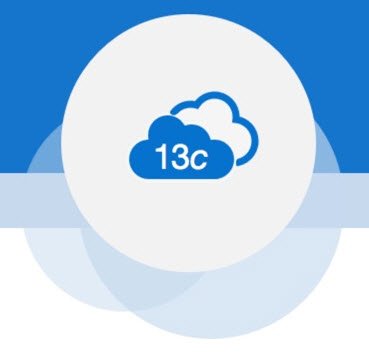
Recently I watched a video called The Future of Faster Enterprises by AWS Enterprise Strategist, Miriam McLemore. I think its a really good video, even if you don’t care about AWS or cloud in general. There is a wider message there.
One of the points Miriam raised was “Reducing the cost of failure”, which sparked a conversation between myself and a colleague. When you’re trying to improve the way you work, you are going to have to try new things. Not all of those things are going to work out. The important point is you try them, see if they work for you. If they do great. If they don’t, you throw them away and move on. Reducing the cost of failure is a really important part of encouraging the culture of experimentation needed for continuous improvement.
Recently I wrote a post called you have to keep working just to stand still. Now add to that the work required to move your company forward and I think you’ll see why any barrier to progress is a problem.
So what factors affect the cost of failure? Here are a few.
- Lack of automation. If humans are involved in providing infrastructure, it’s going to increase the time it takes to set things up (see lost time), and they will get disgruntled when you ask them to throw it away 2 hours after you’ve got it. You need to be able to build and burn kit rapidly to have any hope of experimenting. This is why the focus on the automation part of flow in DevOps is so important, for both business as usual and experimentation.
- Bloated waterfall process. If your company expects a detailed plan of action before you so much as fart, you are going to fail. You have to be agile. I’m not using the term agile in the, “I’m too lazy to plan”, sense. I mean proper agile.
- Time. Your company has to value progress and be willing to allocate time to it. You can’t rely on the fact Beryl and Bert go home every night and no-life their way through learning something new, so the business can reap the benefit of it for free. Yes that happens, but companies that rely on it will fail.
- Be accepting of failure. I’m not talking about being happy to be rubbish. I’m not talking about being accepting of failure in well defined business as usual (BAU) work. I’m talking about being accepting of failure during experimentation. Not everything will work. Not everything will be the right solution for you or your company. You have to be willing to try and fail or you will fall at the first hurdle.
Check out the rest of the series here.
Cheers
Tim…


